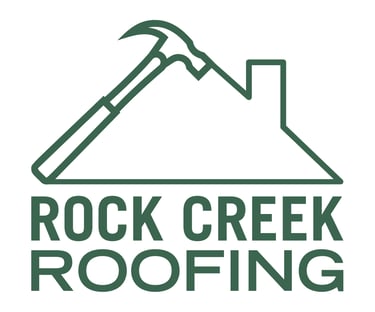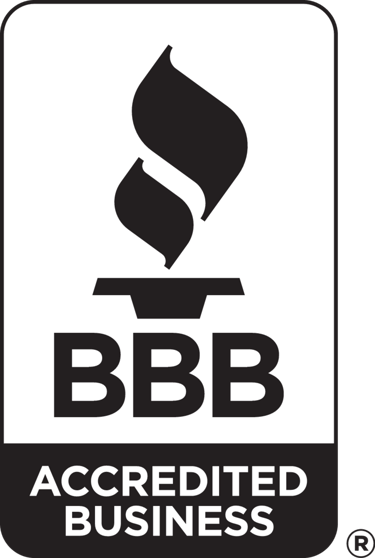
ROOFING TERMINOLOGY
The following terms are provided for your reference to assist you when making an educated decision and have a better understanding. You can also contact us with any questions.
Algae Discoloration – Roof discoloration caused by algae. Commonly called fungus growth.
Architectural Shingles – See “Laminated shingles”.
Base Flashing – A portion of the flashing attached to or resting on the deck used to direct the flow of water onto the roof covering.
Base Sheet – A lower layer of membrane used in a torch on roof system. Commonly situated underneath the granular cap sheet.
Blisters – Bubbles that may appear on the surface of asphalt roofing after installation.
Brands – Marks on roof caused by airborne burning embers released from a fire.
Built-up Roofing – A roof consisting of multiple layers of asphalt and ply sheets.
Bundle – A package of shingles. There are three, four or five bundles per square.
Butt Edge – The lower edge of the shingles tabs.
Cap Sheet – The exposed layer of the membrane in a torch on roof system. Commonly granular surfaced for UV protection.
Closed Cut Valley – A method of valley treatment in which shingles from one side of the valley extend across the valley as shingles from the other side are trained two inches from the valley centerline. The valley flashing is not exposed.
Concealed Nail Method – application of roll roofing in which all nails are driven into the underlying course of roofing and covered by a cemented, overlapping course. Nails are not exposed to the weather.
Cricket – A peak saddle construction at the back of the chimney to prevent accumulation of snow or ice and used to deflect water around the chimney.
Collar – Pre-formed flange placed over a vent pipe to seal the roof around the vent pipe opening. Also called a vent sleeve.
Cutout – The open portions of a strip shingle between the tabs.
Deck – The surface, installed over the supporting framing members, to which the roofing is applied.
Dormer – A framed window unit projecting through the sloping side of the roof.
Double Coverage – Application of asphalt roofing such that the lapped portion is at least two inches wider than the exposed portion. This results in two layers of roofing material over the deck.
Drip Edge – A non-corrosive, non-staining metal used along the eaves and rakes to allow water run-off to drip clear of underlying construction.
Eaves – Horizontal, lower edge of a slope roof.
Eaves Flashing – additional layer of roofing material applied at the eaves to help prevent damage from water backup.
Edging Strips – boards nailed along eaves and rakes after cutting back existing wood shingles to provide secure edges for re-roofing with asphalt shingles.
Exposed Nail Method – Application of role roofing in which all nails are driven into the cemented, overlapping course of roofing. Nails are exposed to the weather.
Fascia – Board at edge of roof, situated behind gutter.
Felt – Fiber material that is saturated with asphalt and used as an underlay or sheathing paper.
Flashing – Pieces of metal or roll roofing used to prevent seepage of water into a building around any intersection or projection in a roof such as vent pipes, chimneys, adjoining walls, dormers and valleys. Galvanized metal flashing should be a minimum 26 gauge.
Gable – The upper portion of a sidewall that comes to a triangle at the ridge of a sloping roof.
Gable Roof – A type of roof containing sloping planes of the same pitch on each side of the ridge. Contains a gable at each end.
Gambrel Roof – A type of roof containing two sloping planes of different pitch on each side of the ridge. The lower plane has a steeper slope than the upper. Contains a gable at each end.
Granules – Ceramic coated colored crushed rock that is applied to the exposed surface of asphalt roofing products.
Hip Roof – A type of roof containing sloping planes of the same pitch on each of four sides. Contains no gables.
Hip Shingles – Shingles used to cover the inclined external angle formed by the intersection of two sloping roof planes.
Inverted Roof System – A roofing system in which the insulation is situated on top of the roof membrane and exposed to the elements beyond a protective layer of filter cloth and gravel.
Laminated Shingles – Strip shingles containing more than one layer of tabs to create extra thickness. Also called three-dimensional shingles or architectural shingles.
Nesting – A method of re-roofing with new asphalt shingles over old shingles in which the top edge of the new shingle is butted against the bottom edge of the existing shingle tab.
Open Valley – A method of valley construction in which shingles on both sides of the valley are trained along a chalk line snapped on each side of the valley. Shingles do not extend across the valley. Valley flashing is exposed.
Pitch – The degree of roof inclined expressed as the ratio of the rise, in feet, to the span, in feet.
Rake – The inclined edge of a slope roof over a wall (the edge above the gutter).
Release Tape – A plastic or paper strip is applied to the back of self-sealing shingles. This strip prevents the shingles from sticking together in the bundles, and need not be removed for application.
Ridge – The uppermost, horizontal external angle formed by the intersection of two sloping roof planes.
Self-sealing Strip – Factory applied adhesive that bonds shingle courses together when exposed to the heat of the sun after application.
Shading – Slight differences in shingle color that may occur as a result of normal manufacturing operations.
Soil Stack – A vent pipe that penetrates the roof.
Soffit – Area or roof under overhang.
Span – The horizontal distance from eaves to eaves.
Square – A unit of roof measurement covering 100 square feet.
Square Tab Shingles – Shingles on which tabs are all the same size and exposure.
Starter Strip – Asphalt roofing applied at the eaves that provides protection by filling in the spaces under the cutout’s and joints of the first course of shingles.
Step Flashing – Flashing application method used were a vertical surface meets a sloping roof plane.
Stripping – The additional layer of membrane applied around protrusions and vertical junctions in a torch on roofing system.
Tab – The exposed portion of strip shingles defined by cutouts.
Telegraphing – Shingle distortion that may arise when a new roof is applied over an uneven surface.
Three-dimensional Shingles – See “laminated shingles”.
Underlayment– Asphalt saturated felt used beneath roofing to provide additional protection for the deck.
Valley – The internal angle formed by the intersection of two sloping roof planes.
Vent – Any outlet for air that protrudes through the roof deck such as a pipe or stack. Any device installed on the roof, gable or suffer for the purpose of ventilating the underside of the roof deck.
Vent Sleeve – See “Collar”.
Woven Valley – Method of valley construction in which shingles from both sides of the valley extend across the valley and are woven together by overlapping alternate courses as they are applied. The valley flashing is not exposed.




